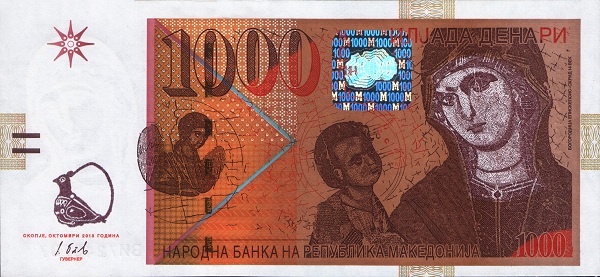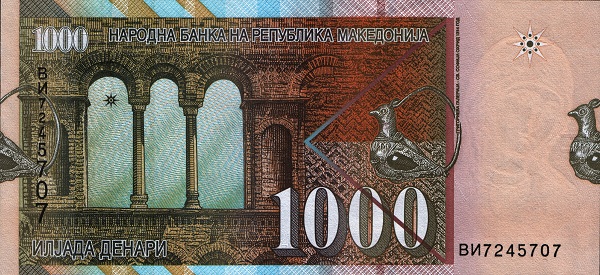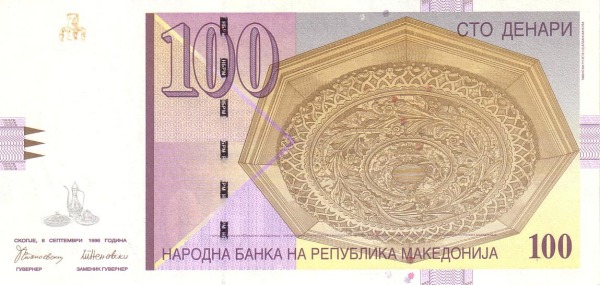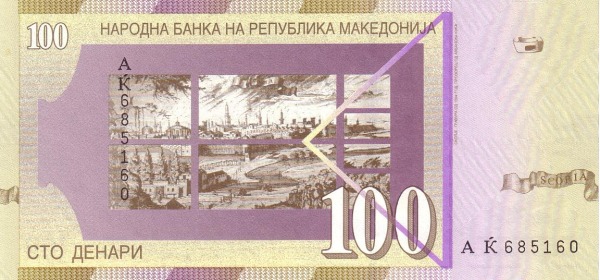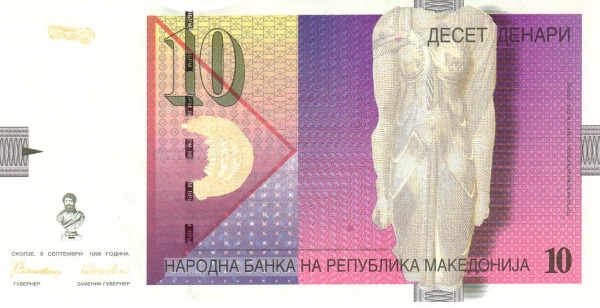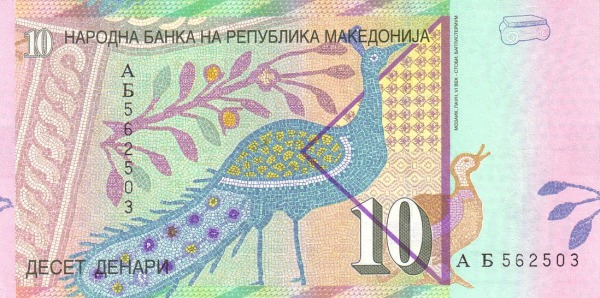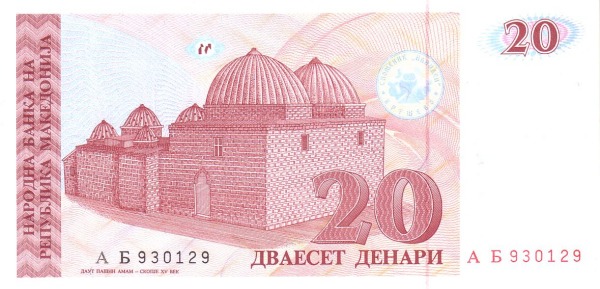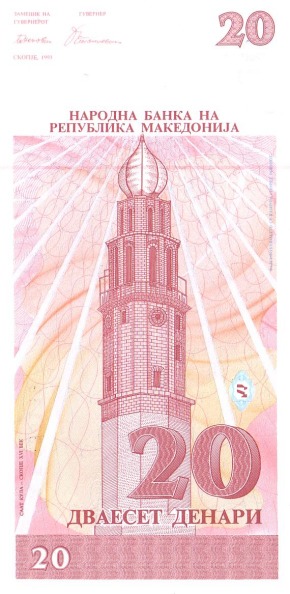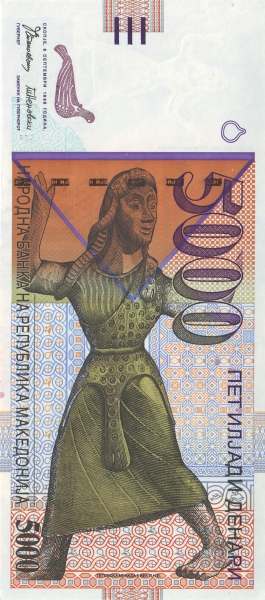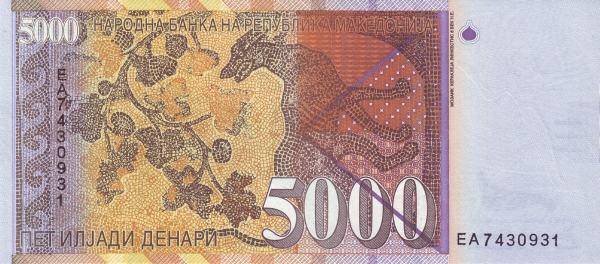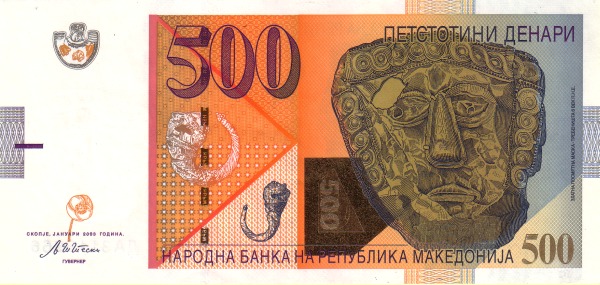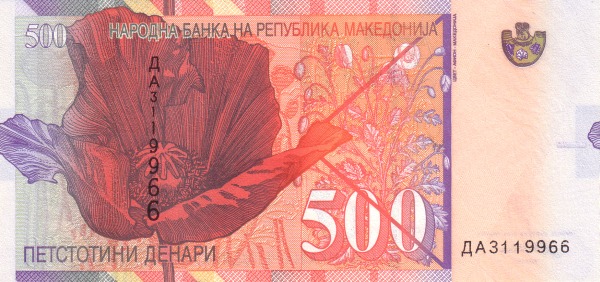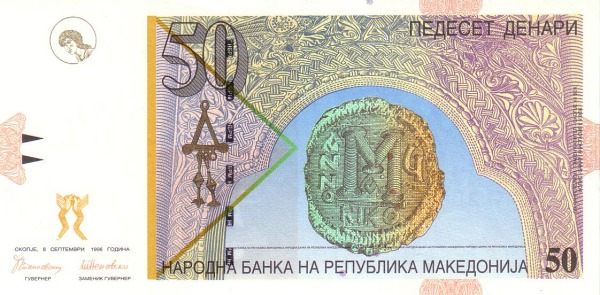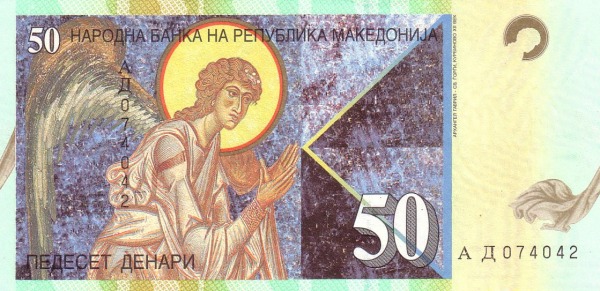Exploring North Macedonia: A Unique Jewel of the Balkans
North Macedonia, nestled in southeastern Europe, stands as a mountainous landlocked nation on the Balkan Peninsula. This enchanting country shares borders with Albania, Bulgaria, Greece, Serbia, and Kosovo. It emerged from the former Yugoslavia, securing its independence in 1991. However, persistent disagreements with Greece regarding the country's name have led to its designation as the 'Former Yugoslav Republic of Macedonia' or abbreviated as FYROM. Despite this, North Macedonia encapsulates a rich cultural tapestry woven from Ottoman and European influences, making it a fascinating place to explore.
A Brief Historical Context
Initially recognized as a part of Yugoslavia, North Macedonia declared independence in 1991. It occupies a central position on the Balkan Peninsula, characterized by stunning mountain ranges and expansive valleys. Furthermore, the nation faced challenges in obtaining international acknowledgment of its sovereignty due to Greece's objections concerning the use of the name "Macedonia." Ultimately, Greece lifted its trade blockade in 1995, allowing both countries to take significant steps toward normalizing relations. However, lingering tensions remain due to North Macedonia's substantial Albanian minority and the complexities surrounding the de facto independence of neighboring Kosovo.
Understanding the Government Structure
The governance of North Macedonia operates as a parliamentary democracy. The constitution, adopted on November 17, 1991, has undergone minor amendments since its inception. In terms of political autonomy, the nation declared its independence from Yugoslavia on September 8, 1991. This pivotal moment marked the beginning of a new era for North Macedonia, enabling it to forge its unique identity.
Geographical Highlights
Geographically, North Macedonia boasts a uniquely diverse landscape. Situated as a landlocked country in the southern region of the Balkan Peninsula, it occupies an area of approximately 25,713 km². The terrain is predominantly mountainous, showcasing the majestic Vardar River that cuts across the country from northwest to southeast. This river not only serves as the longest waterway in North Macedonia but also adds to the nation's natural beauty.
Climate Overview
The climate of North Macedonia is equally interesting, featuring three overlapping climatic zones: Mediterranean, moderately continental, and mountainous. Consequently, residents experience hot, dry summers accompanied by cold, snowy winters. This climatic diversity cultivates a rich environment for various agricultural pursuits.
Demographics and Cultural Composition
As of 2014, North Macedonia's population exceeded 2 million, with Skopje being the largest city and the national capital. The official language is Macedonian, which uses a modified version of the Cyrillic alphabet for written communication. The population's makeup reveals a myriad of ethnic groups. A significant portion is Macedonian (64.18%), while Albanians constitute about 25.17% of the populace. Other ethnicities include Turkish, Roma, and Serb communities, highlighting the country's multicultural essence.
Religion and Language Diversity
In terms of religious beliefs, approximately 65% of North Macedonia's population adheres to Eastern Orthodox Christianity, while around 29% practice Islam. Notably, the literacy rate stands impressively at 94%, showcasing the country's commitment to education. Linguistically, the primary language is Macedonian, but a diverse array of languages, including Albanian and Turkish, enrich the tapestry of daily life.
Natural Resources and Economy
North Macedonia is endowed with various natural resources including low-grade iron ore, copper, lead, zinc, and chromite. The land also boasts other valuable minerals such as gold, silver, and nickel. Given these resources, the economy benefits from sectors such as food processing, textiles, pharmaceuticals, and energy production. The agricultural landscape is vibrant, with products ranging from grapes and tobacco to vegetables and dairy.
Trade Dynamics
When it comes to trade, North Macedonia exports a variety of commodities, primarily foodstuffs, beverages, and textile products. In 2015, Germany emerged as the largest export partner, accounting for 33.2% of total exports. Other key players include Kosovo, Bulgaria, and Greece, each contributing significantly to the economic landscape. Conversely, the country imports machinery, automobiles, chemicals, and fuels, with Germany, the UK, and Greece being prominent sources.
Tourism: A Gateway to Exploration
Tourism in North Macedonia continues to grow as travelers seek to discover its rich historical and cultural heritage. Places like Ohrid, renowned for its picturesque lake and ancient architecture, draw visitors from around the globe. Moreover, the vibrant capital city, Skopje, offers a captivating blend of old and new, showcasing historical landmarks alongside modern developments. Visitors can experience local festivals, mouthwatering cuisine, and hospitable locals eager to share their traditions.
Embracing the Future
In conclusion, North Macedonia stands as a remarkable country steeped in history, culture, and natural beauty. From its stunning landscapes to its rich tapestry of ethnicities, it serves as both a destination of exploration and a site of intriguing historical significance. As the nation continues to foster its identity and navigate international relations, it undeniably presents a unique opportunity for those looking to experience the heart of the Balkans.
Largest cities of: North Macedonia
| City Name | Population | Year of foundation | |
| Skopje | 541,000 | circa 4000 B | |
| Bitola | 74,000 | 4th century | |
| Kumanovo | 70,000 | 1326 | |
| Prilep | 60,000 | 1270 | |
| Ohrid | 50,000 | 354 BC | |
| Tetovo | 50,000 | 1185 | |
| Veles | 48,000 | 100 BC | |
| Strumica | 42,000 | circa 1 |
North Macedonia: Money
